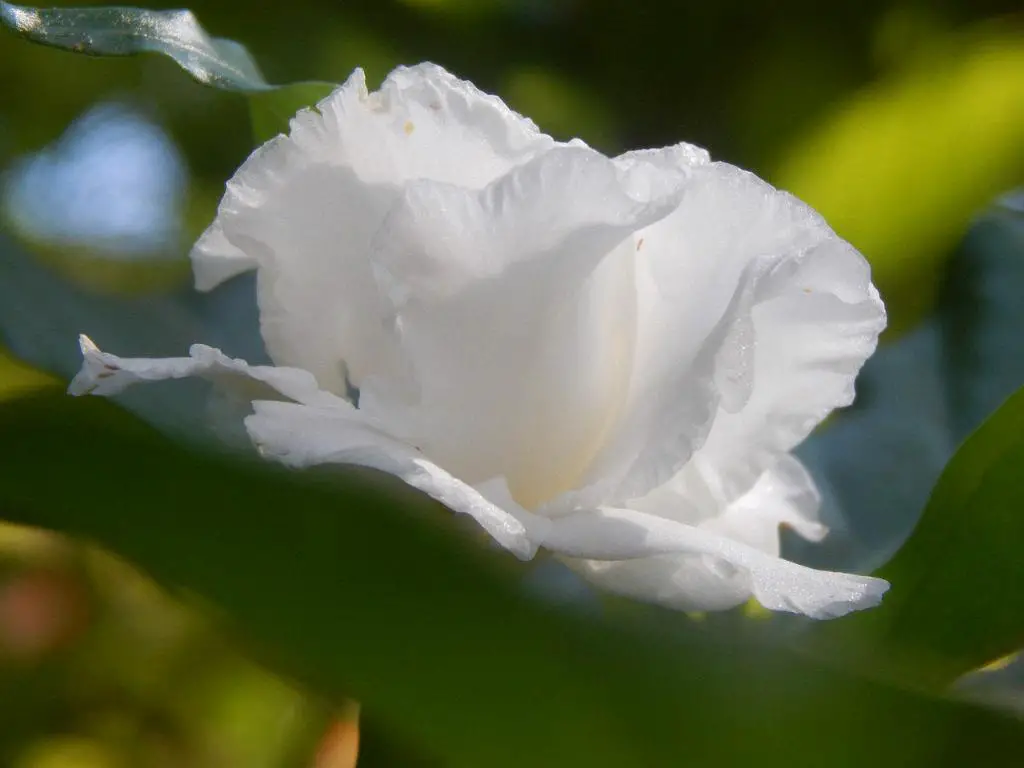Pruning your gardenia shrub is a crucial part of its care routine, as it helps to maintain its shape, promotes healthy growth, and encourages more abundant flowering. One of the most common questions gardeners have is when the best time to trim their gardenias is. The timing of pruning plays a significant role in ensuring the health and vitality of your gardenia plants.
It is generally recommended to prune your gardenias right after the blooms have faded in the summer. This timing allows you to trim back some of the older wood without risking cutting away newly set buds. Gardenias typically set their flower buds for the next year in the fall, so by pruning in the summer, you can shape the plant and remove any dead or overgrown branches without affecting the formation of new buds.
Waiting until after the flowering season to prune your gardenias also gives you a chance to assess the overall health of the plant. By removing dead or damaged branches, you can improve air circulation and light penetration, which can help prevent diseases and promote better blooming in the following season.
While pruning in the summer is generally recommended, there are a few exceptions to consider. If your gardenia shrub has become overgrown and is in dire need of shaping, you can perform light pruning throughout the year to maintain its size and shape. However, more extensive pruning should be reserved for after the flowering season to avoid interfering with bud development.
It is essential to use sharp, clean pruning shears when trimming your gardenias to prevent tearing or damaging the branches. Make sure to cut at a slight angle just above a leaf node or bud to encourage new growth. Remove any dead, diseased, or crossing branches to create an open, well-ventilated canopy.
In addition to shaping and maintaining the overall health of your gardenia shrub, pruning can also help rejuvenate older plants and stimulate new growth. If you notice that your gardenia is looking sparse or leggy, you can selectively prune back certain branches to encourage bushier growth and more abundant flowering.
When trimming your gardenias, it is essential to pay attention to the specific needs of the plant. Some varieties may require more frequent pruning to keep them looking tidy and vigorous, while others may be more low-maintenance. Understanding the growth habits and blooming patterns of your gardenias can help you determine the best pruning schedule for optimal results.
While gardenias are relatively resilient plants, improper pruning techniques can lead to stress and damage. Avoid excessive pruning or cutting back more than one-third of the plant at a time, as this can shock the plant and affect its ability to recover. Take your time when pruning, and always step back to assess the plant’s overall shape and structure before making any drastic cuts.
If you are unsure about when or how to trim your gardenias, don’t hesitate to seek advice from local gardening experts or extension services. They can provide you with personalized recommendations based on your specific growing conditions and the unique needs of your gardenias. Remember that each plant is different, so it’s essential to tailor your pruning approach to the individual characteristics of your gardenia shrubs.
In conclusion, the best time to trim gardenias is right after the blooms have faded in the summer. This timing allows you to shape the plant, remove dead or overgrown branches, and encourage new growth without interfering with bud development. By following proper pruning techniques and paying attention to the needs of your gardenias, you can help ensure that your plants thrive and produce beautiful blooms year after year.

